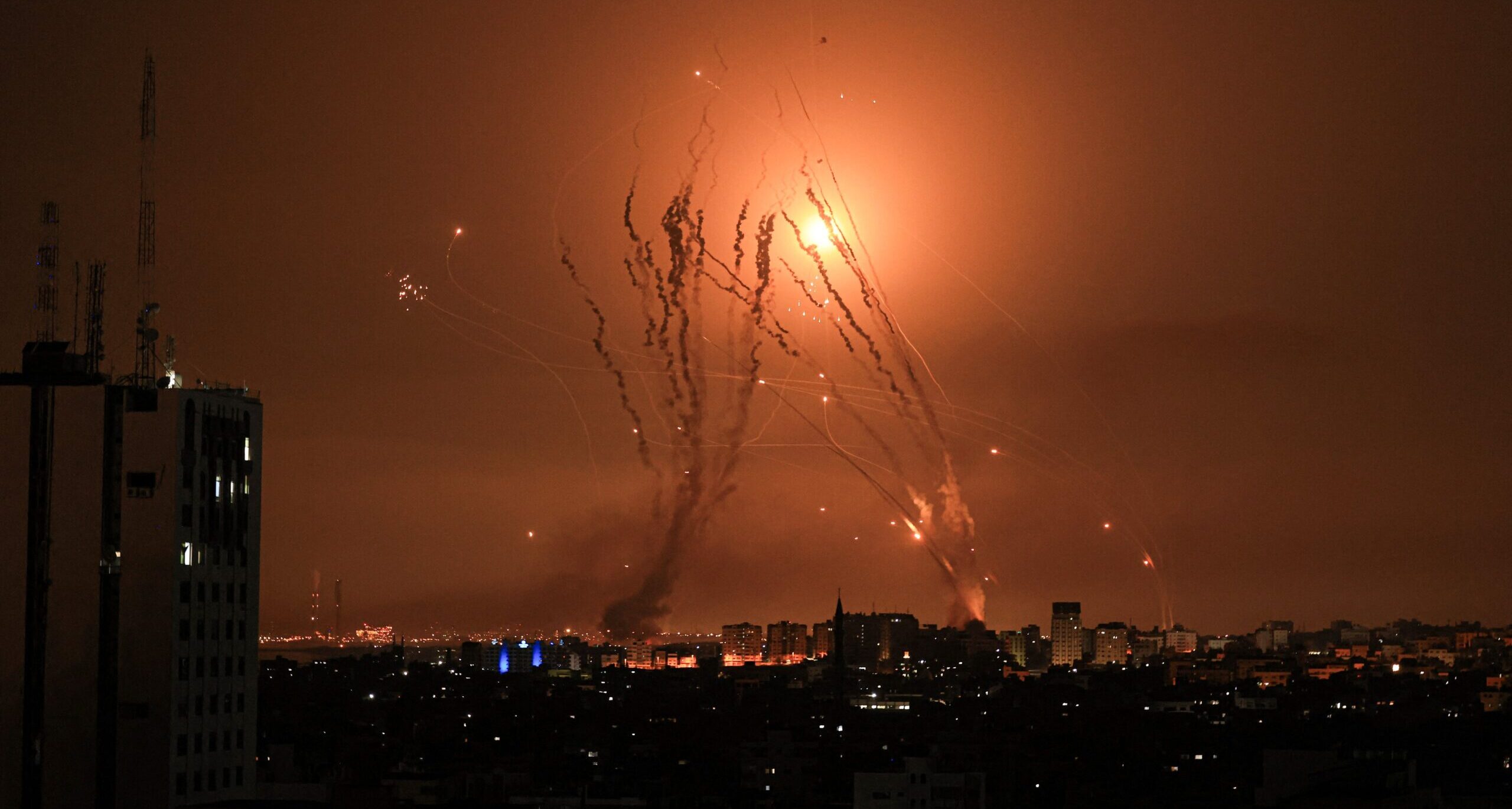The United States has announced that it will send additional air defences to Israel. The package discussed by the Americans includes Terminal High Altitude Air Defence (THAAD) as well as additional Patriot batteries and missiles. It is also being provided in case a second front is opened in northern Israel by the Lebanon-based group Hezbollah.
The situation looks particularly grim for Israel because recent advances in rocket and drone technology have made defence against these sorts of weapons costly and difficult. Compare, for example, the Qassam missiles being launched by Hamas and the Iron Dome air defence system that shoots them down.
The Qassam missiles are extremely simple and cheap to manufacture. The rocket propellant is made by combining sugar and fertiliser. The explosive tip is no more sophisticated than what is found in a grenade or an RPG round. Each missile costs around $300-$800 to make and, given the simplicity, the supply of these missiles is potentially infinite. It is estimated that Hamas has some 14,000 stockpiled — although given that Israeli intelligence failed to see the attack on the country’s territory earlier this month, the group may have many more.
The Iron Dome is, by contrast, an extremely sophisticated and expensive piece of technology, with each battery costing around $50 million. More importantly, each Tamir interceptor fired by the system costs around $50,000, meaning that it costs Israel around 100 times the cost of each Hamas missile to shoot them down. The Tamir interceptors are limited in supply, too. It is not clear how many Israel has stockpiled or how long they take to produce, but given that the United States is reported to have taken delivery of a few hundred and have ordered just over 1,800 more, it is a safe bet that these missiles are to some degree supply-constrained.
But the Iron Dome missiles are cheap when compared to their Patriot and THAAD counterparts. A single Patriot missile costs around $4 million, while a single THAAD battery costs an eye-watering $800 million. Since many Patriot batteries have recently been used in Ukraine, these too could be facing supply pressures.
Really, the Hamas rocket attacks would appear to be strategic. Unlike Hamas, Hezbollah has an enormous missile arsenal that makes the former organisation’s look like a pile of fireworks. Hezbollah has an estimated 130,000 missiles, 40,000 of which are sophisticated, large, and accurate. They also appear to have access to drone technology. These include the SCUD tactical ballistic missile and the Iranian-made Fateh-110 ballistic missile. It seems highly likely that Hamas is firing its much smaller, cheaper rockets to wear out Israel’s stock of air defence missiles so that, when it enters the war, Hezbollah can launch the real thing.
Israel’s desire for its citizens not to be hit by enemy missile attacks is understandable. Yet this aversion to losses — more pronounced than their adversaries’ — seems impossible to maintain in the face of the current threat. At some point Israel will run low on air defence, at which point it will be vulnerable to missile attacks in a well-stocked region.
The American announcement to deliver Patriots and THAADs signals that Western military leaders understand this reality. But it is not clear that those outside of military circles do. If a war kicks off in Israel, it won’t be a limited war. The whole of Israeli society will be pulled in, facing a constant threat of large, sophisticated missiles overhead. Too many Western commentators seem to think that Israel can simply send troops into the Gaza Strip and crush Hamas. But once one understands the military and logistical picture, this simplistic narrative begins to break down.











Join the discussion
Join like minded readers that support our journalism by becoming a paid subscriber
To join the discussion in the comments, become a paid subscriber.
Join like minded readers that support our journalism, read unlimited articles and enjoy other subscriber-only benefits.
Subscribe